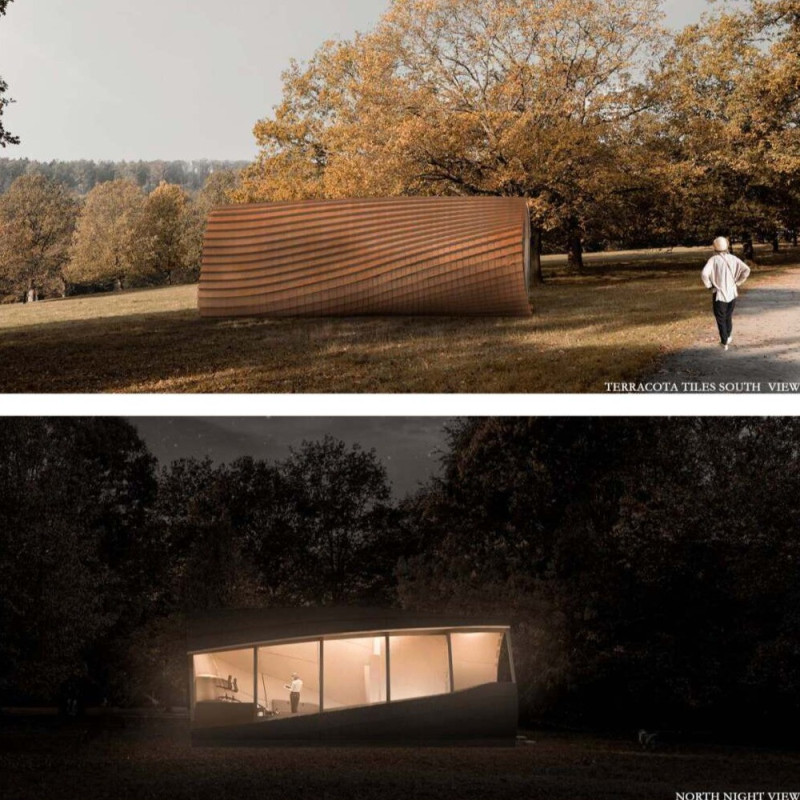5 key facts about this project
The Urban Parasite project offers a thoughtful approach to micro-living, focusing on adaptability and efficient use of space. Set in a context that merges urban and rural elements, the design reflects a modular concept. It favors open layouts that encourage movement and interaction among different areas. By avoiding vertical partitions, it promotes a sense of connection while addressing the practical needs of people living in smaller spaces.
Design Concept
The design centers on organizing functional areas without traditional walls. The layout includes a porch, a service module containing kitchen and bathroom spaces, and flexible areas that can change according to user needs. There are combined living and sleeping quarters as well as a dedicated home office. This arrangement supports the various demands of modern life, helping residents make the most of limited square footage.
Materials and Sustainability
Material choices are essential for the project’s execution and sustainability. The roofing system incorporates solar tiles along with terracotta, ceramic, and concrete tiles. These materials enhance energy efficiency and contribute to the overall aesthetic. They also support the aim of creating a self-sufficient environment that respects ecological considerations.
Architectural Features
Key architectural elements focus on both durability and usability. Plywood curved panels are used to create a visually engaging design. Glulam wood beams offer sturdy support for the modular structure while maintaining a lightweight feel. Shutters are included to optimize ventilation, ensuring comfortable indoor temperatures. A rainwater reservoir, along with a filtration system, allows for independent water management, further enhancing the project's sustainability.
The Urban Parasite project demonstrates how thoughtful design can address the challenges of modern living. It effectively combines function and visual appeal, showing a clear commitment to sustainable practices and adaptable living solutions. The integration of these distinct features reveals a comprehensive understanding of the needs of contemporary inhabitants.



















































